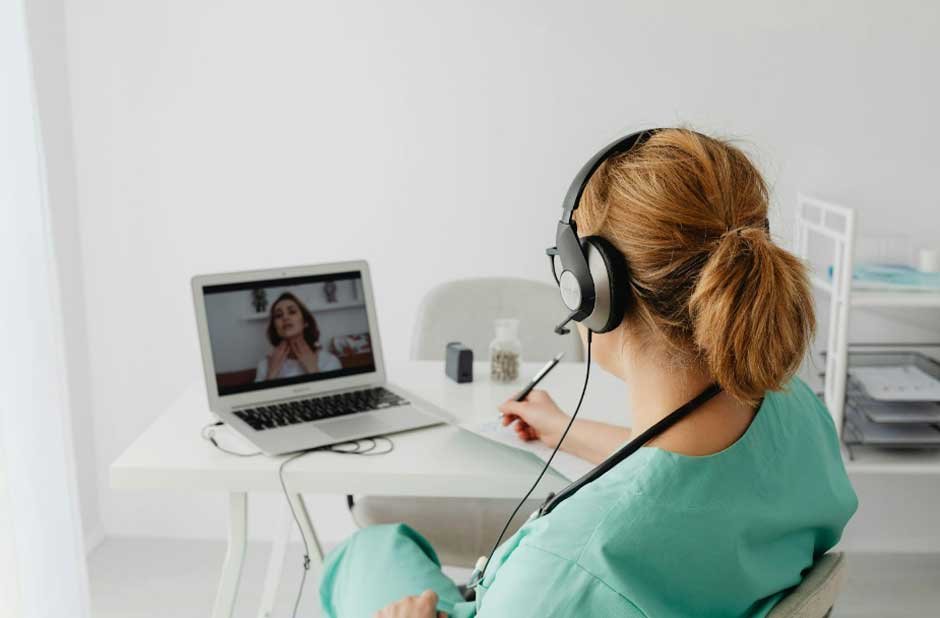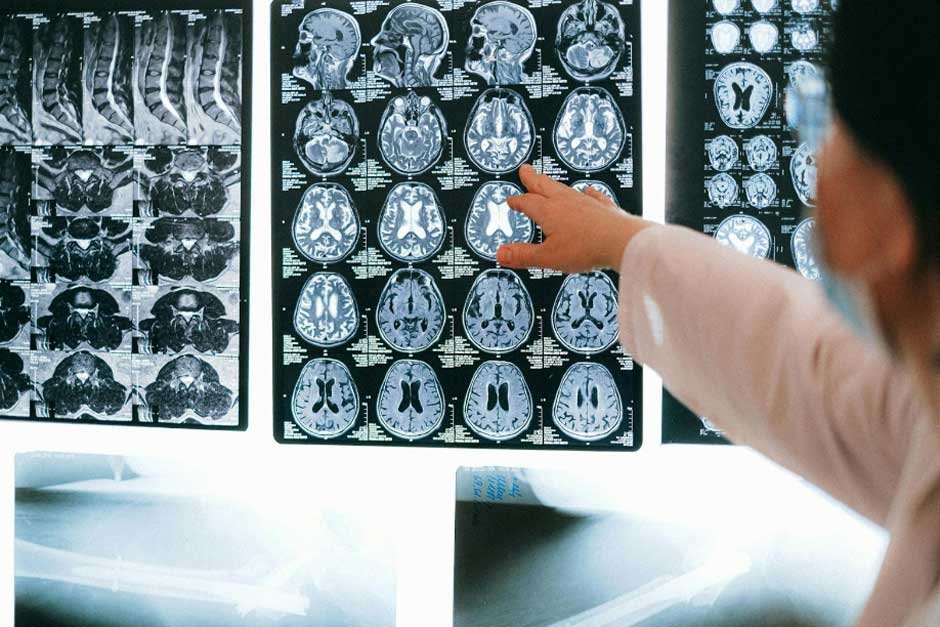
6 Essential Innovations Improving Healthcare and Personal Care
Image by ahmed akeri on Pexels
In an era of rapid technological advancement, the healthcare and personal care industries are experiencing unprecedented growth and innovation. From cutting-edge medical equipment to everyday self-care products, these advancements are revolutionizing how we approach health and wellness.
This article explores six essential innovations that are making significant strides in improving both healthcare delivery and personal care routines.
1. Nurse Call Systems
In the fast-paced environment of hospitals and healthcare facilities, every second counts regarding patient care. This is where immediate-assistance nurse call systems have become game-changers in the healthcare industry. These innovative systems have transformed how patients communicate their needs to healthcare providers, ensuring rapid response times and improved patient satisfaction.
Modern nurse call systems go beyond the traditional bedside button. They now incorporate advanced technologies such as wireless communication, mobile integration, and real-time location tracking. These features allow healthcare staff to receive instant notifications on their mobile devices, providing them with detailed information about the patient’s needs and location.
One of the most significant advantages of these systems is their ability to prioritize calls based on urgency. For instance, a call for pain medication might be prioritized over a request for water. This intelligent triaging ensures that critical needs are addressed promptly, potentially saving lives in emergencies.
2. Pimple Patches
Moving from hospital care to personal skincare, non-irritating pimple patches have emerged as a revolutionary solution for those struggling with acne. These small, adhesive patches have taken the beauty and skincare world by storm, offering a simple yet effective way to treat pimples and prevent further breakouts.
Pimple patches work on the principle of occlusive dressing, creating a protective barrier over the affected area. This barrier serves multiple purposes: it prevents external contaminants from aggravating the pimple, stops the user from touching or picking at the blemish, and creates an ideal environment for healing.
Pimple patches are particularly beneficial for those prone to picking or popping their pimples, a habit that can lead to scarring and further infection. By providing a physical barrier, these patches help break this harmful cycle and promote healthier skin healing.
3. Telemedicine Platforms

Image by Kaboompics on Pexels
The rise of telemedicine platforms represents a significant leap forward in healthcare accessibility. These digital solutions enable patients to consult with healthcare providers remotely, breaking geographical barriers and providing convenient access to medical expertise.
Telemedicine platforms typically offer video consultations, allowing face-to-face interactions between patients and doctors. This visual element is crucial for many diagnoses, enabling physicians to observe symptoms and provide more accurate assessments. Many platforms also integrate with wearable devices and home health monitoring equipment, allowing for real-time sharing of vital signs and other health data.
Here are just some of the types of care you can get via telemedicine platforms:
| Type of Care | Best For… | Examples in Telemedicine |
| Primary Care | Routine health consultations | Diagnoses for minor illnesses, prescription refills |
| Mental Health Services | Therapy and mental well-being support | Counseling for anxiety, depression, or stress management |
| Chronic Disease Management | Managing ongoing health conditions | Remote blood sugar tracking for diabetes patients |
| Specialist Consultations | Rare or complex medical cases | Virtual second opinions on diagnoses |
4. Smart Wearables
Smart wearables have evolved from simple step counters to sophisticated health monitoring devices. These gadgets, including smartwatches, fitness trackers, and specialized medical wearables, are increasingly important in personal health management and preventive care.
Modern smart wearables can track various health metrics, including heart rate, sleep patterns, blood oxygen levels, and even electrocardiogram (ECG) readings. This continuous monitoring gives users valuable insights into their health trends and can alert them to potential issues before they become serious.
One of the most exciting developments in smart wearables is their integration with artificial intelligence (AI). AI algorithms can analyze the vast amount of data collected by these devices to provide personalized health recommendations and early warning signs of health problems. For instance, some smartwatches can now detect irregular heart rhythms that may indicate atrial fibrillation, a serious heart condition.
| Silent Killer: Heart conditions can be “silent,” not diagnosed until the person is already experiencing symptoms of heart attack, heart failure, or an arrhythmia. Some of the biggest symptoms to look out for include chest pain, palpitations, and swelling of the feet. |
5. 3D-Printed Prosthetics
The advent of 3D printing technology has brought about a revolution in the field of prosthetics. This innovative approach to creating artificial limbs and assistive devices offers unprecedented levels of customization, improved functionality, and increased accessibility for those in need.
Traditional prosthetics often involve a lengthy and expensive manufacturing process, resulting in devices that may not fit the user’s needs perfectly. 3D-printed prosthetics, on the other hand, can be quickly designed and produced based on detailed scans of the user’s body, ensuring a perfect fit and maximum comfort.
The customization possibilities of 3D-printed prosthetics extend beyond fit and comfort. Users can choose from a variety of designs, colors, and even incorporate personal touches like patterns or logos.
6. AI-Powered Diagnostic Tools

Image by Anna Shvets on Pexels
Artificial Intelligence (AI) is making significant inroads in medical diagnostics, offering the potential to improve accuracy, speed, and efficiency in disease detection and treatment planning. These AI-powered diagnostic tools are particularly promising in fields such as radiology, pathology, and ophthalmology.
In radiology, AI algorithms can analyze medical images such as X-rays, MRIs, and CT scans to detect abnormalities the human eye might miss. These systems can quickly process large volumes of images, flagging potential issues for further review by radiologists.
AI is also proving valuable in pathology, where it can analyze tissue samples to detect cancer cells and other abnormalities. Some AI systems have demonstrated accuracy rates comparable to or even exceeding those of human pathologists, particularly in tasks like grading tumor samples.
In ophthalmology, AI-powered tools are being used to detect eye diseases such as diabetic retinopathy and age-related macular degeneration.
| Continuous Learning: One of the most exciting aspects of AI in diagnostics is its potential for continuous learning and improvement. As these systems analyze more data, they can refine their algorithms and improve their accuracy over time. |
For Better Health and Care
Innovations in healthcare and personal care rapidly transform how we approach our well-being. As we look to the future, it’s clear that embracing these innovations will be crucial in addressing the healthcare challenges of the 21st century.
By leveraging technology to improve clinical care and personal wellness, we can work towards a future where quality healthcare is more accessible, efficient, and tailored to individual needs.





